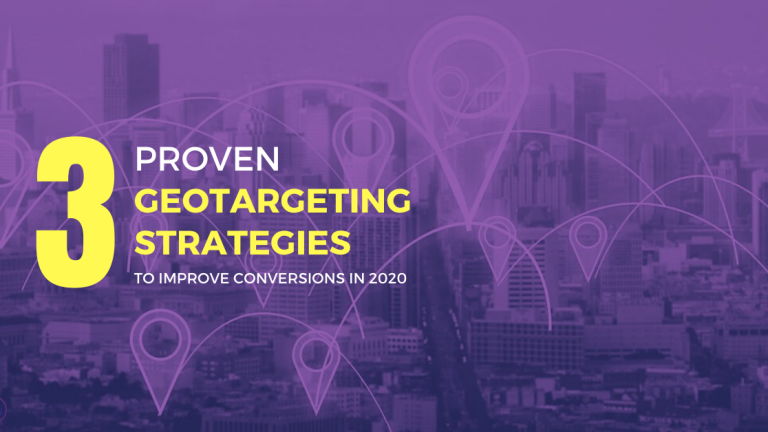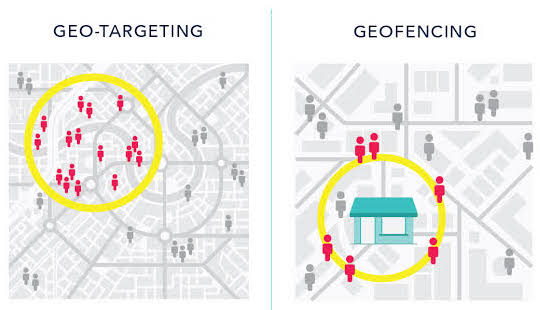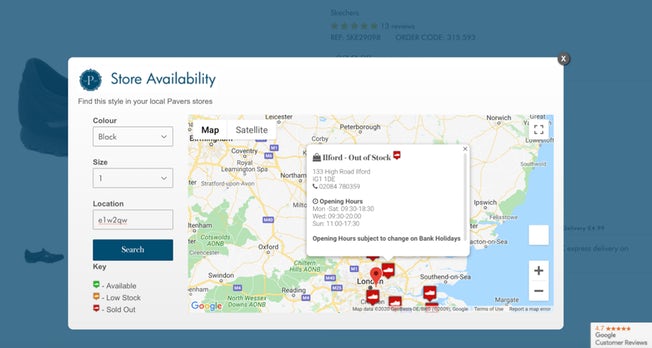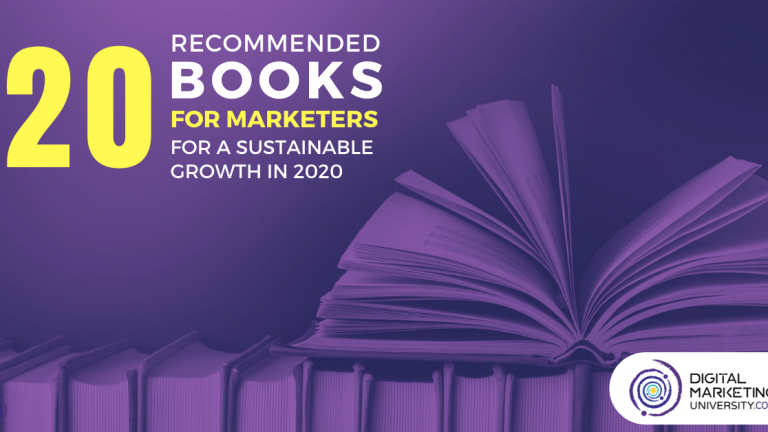Let’s take a look at 10 important trends affecting the digital landscape:
Digital Advertisement
1) We will be seeing different types of ad solutions. This study found that “nearly 73% of those who regularly stream video say that they have watched ad-supported [OTT media], while 45% report that they watch ad-supported OTT the most.
2) TikTok is gaining traction with users and advertisers. Last year Ralph Lauren rolled out a new campaign tied to the 2019 U.S. Open tennis tournament on TikTok. Ralph Lauren used the sponsored hashtag challenge dubbed as #WinningRL and the platform’s shoppable posts which let consumers buy products within the app, called Hashtag Challenge Plus. It was the first time for a brand to run a dedicated campaign (and the one that’s specifically tied to a sporting event) on TikTok. Brands like Mtn Dew, Hyundai, and Chipotle are using TikTok for the Super Bowl.
3) There will be concerted efforts towards making the ad tech ecosystem more private and safe. Facebook in November last year rolled out a slew of features that gave advertisers a lot more control over where their ads appear. Last year in February, Disney, Nestle, McDonald’s, and AT&T pulled its ads from YouTube over child safety issues. Then we saw YouTube taking additional steps ( such as the rollout of an updated machine-learning “comments classifier”) to protect minors and prevent brand ads from running next to objectionable content. It’s been more than a year since the European Union’s General Data Protection Regulation (GDPR) came into effect. It’s the single largest legal framework that gives consumers control of their personal data collected by companies and till date, it continues to spawn other legislative efforts in other parts of the world such as the California Consumer Privacy Act (CCPA). The state-level law requires, among other things, that the companies notify California residents of their right to opt out of online ad targeting.
4) Retailers like Amazon, Walmart, and Target want to squeeze out more digital advertising dollars from Google and Facebook. They are selling more ad space on their websites and are trying other ad solutions, such as Amazon launching video network on Amazon.com called Amazon Live which is a live-streaming video version of home shopping network. It also has been working on growing ad business across its properties, including IMDb and Amazon Video, and is talking to clients about new ad types, including video.
Customer Engagement
1) Consumers want more than great products or services. They want the brands to engage them with meaningful experiences. This study found that 76% consumers would rather spend their money on experiences than on material items. 63% of consumers want to be part of an experience where they learn something new.
2) As per this survey, 56% respondents said that poor customer service is one of the reasons they unfollow a brand on social media. The same survey found that 45% of consumers said that they’re more likely to research a product when an employee shares it.

3) When it comes to challenges, this study found that marketers around the world struggle with engagement tools. They also experience significant challenges when it comes to demonstrating the ROI of consumer engagement.
Channels
1) Email remains a powerful tool for businesses looking to connect with people. However, a study by Toluna and Movable Ink found that half of the consumers (54.4%) say they delete at least 50% of brand marketing emails without opening them. Brand emails with no sense of personalization are often not opened and are deleted. This study found that emails with personalized message bodies have a 32.7% better response rate than those that don’t personalize their messages.
2) Apart from email and social media, businesses are embracing new channels such as messaging apps to interact and engage with their customers.
“Messaging with businesses is on the rise, with over 2 billion messages sent between people and businesses – including automated conversations – each month…Messenger offers businesses new ways to engage with their community and potential customers. Whether it’s raising awareness for a brand, enabling transactions, acquiring new customers, or delivering superior customer service, Messenger can be a core part of business solutions.” –
Kemal El Moujahid, the product manager for Facebook Messenger
This report will help you understand how Sephora Assistant, a bot for Messenger, reduced booking steps by more than 60% and increased in-store bookings by 11%. Another example of a brand taking customer service to the next level is KLM Royal Dutch Airlines. The brand responds to 130,000 mentions via social media per week. And the number rose as they introduced WhatsApp as a service channel to meet customer demands. In fact, KLM was the first airline to expand its service to WhatsApp. You can get useful insights here on how AI is helping KLM offers customers 24/7 service in 9 different languages.
3) Last but the least, as marketers invest more on social to generate sales, this report finds that offline conversations drive twice the sales impact as online.
—
Do you wish to train your team to optimize effort and spend on digital marketing? Get in touch with our Digital Strategy Advisors. Click here and get in touch with us today.
Credits: techshu.com/apple




 Over the years, the Mom-and-pop stores have evolved and the business owners are more informed about online methods to attract customers. In fact, a survey reveals that
Over the years, the Mom-and-pop stores have evolved and the business owners are more informed about online methods to attract customers. In fact, a survey reveals that 



















